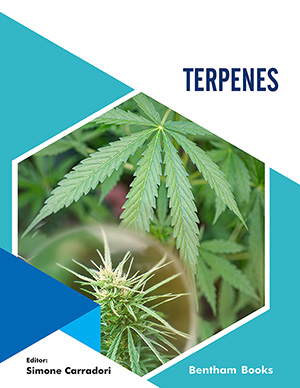Abstract
Cannabis sativa L. has been used for millennia by humans for medicinal, ritual and recreational uses. Commonly known under its dried form (flowers and leaves) as marijuana, this plant produces hundreds of phytomolecules, including phytocannabinoids, terpenes and flavonoids. Over the past decades, it is most abundant and most therapeutically relevant component, (-)-trans-Δ9-tetrahydrocannabinol (Δ9- THC) has generated considerable interest due to its various therapeutic properties. Most of them result from the interaction with two G-protein coupled receptors named cannabinoid receptors (CB1 and CB2). This chapter gives a broad overview of the main structural investigations performed on the natural scaffold of Δ9-THC in order to modulate the affinity for the cannabinoid receptors and, potentially, its therapeutic properties. The design of several synthetic cannabinoid derivatives will be presented, and their structure-activity relationships will be analysed.
Keywords: Cannabinoids, Cannabinoid Receptors, Structure-Activity Relationship, Synthesis, Δ9-THC, Δ8-THC, Therapeutic Application.






















